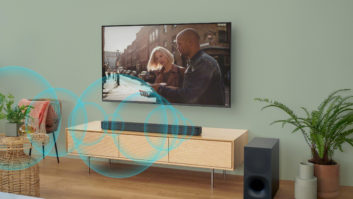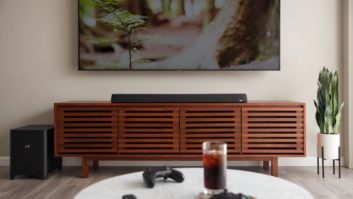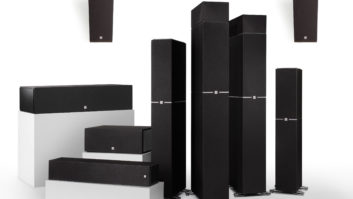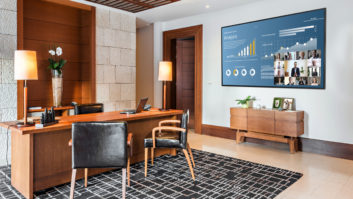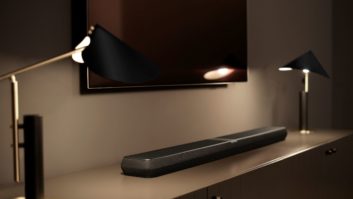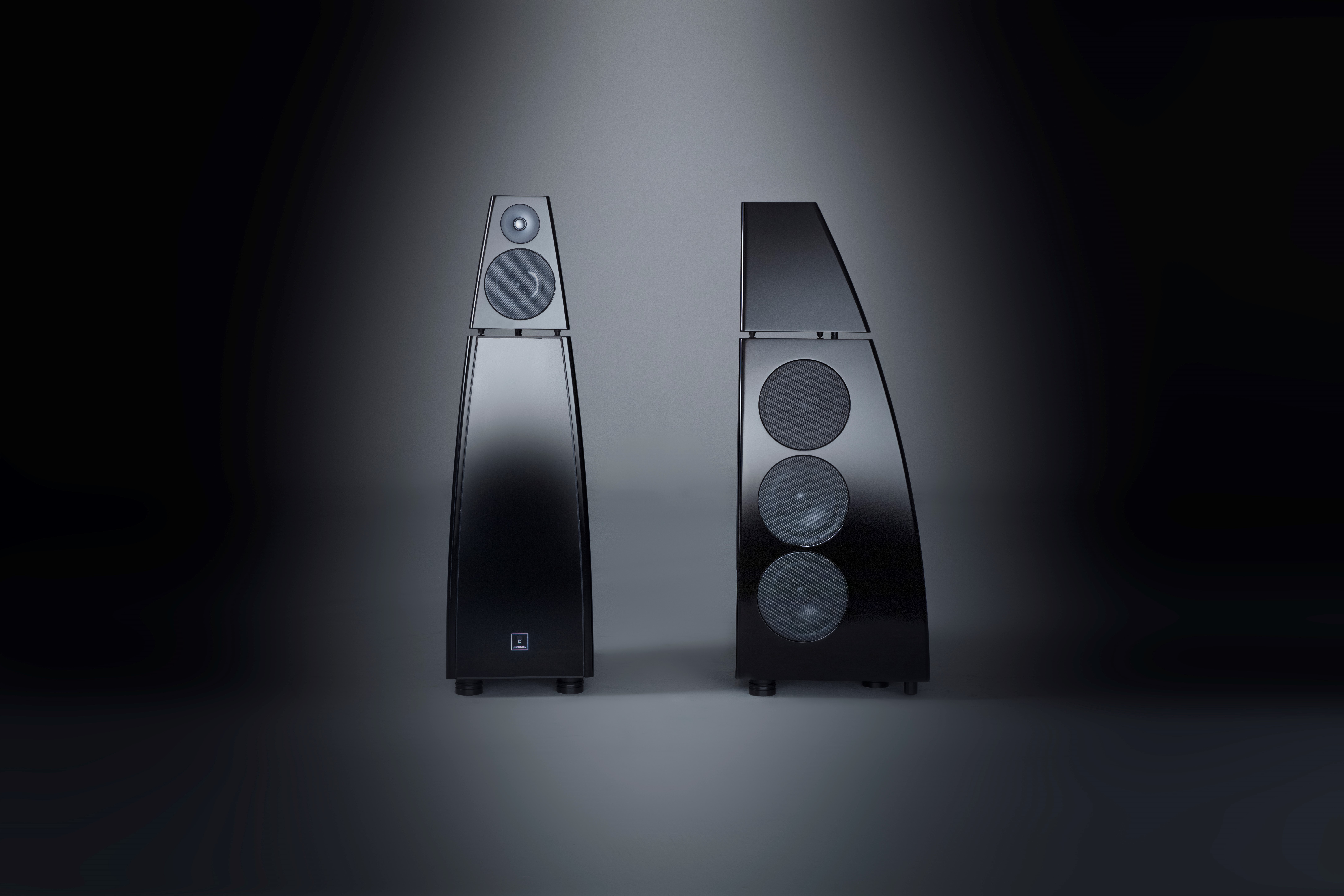“Wow; my friends are going to be blown away!!!”
Those were the first words out of a client’s mouth after I finished the demo of his new immersive audio system. His original home cinema was six years old, and it was time for a refresher–including a 4K projector, a larger screen, and, of course, an upgrade to Dolby Atmos immersive audio. It was plainly obvious that he was super-happy with the results, and he could impress his buddies to boot.

A lot of research on evolution roadmaps for audio formats has shown that better spatial accuracy is more beneficial to more listeners than higher definition is to viewers.
The client spent six years listening to a very-well-set-up 7.1-channel system, and he has a discerning ear. He could clearly hear the benefits of properly done immersive audio.
Was it worth the extra work, extra amps, extra speakers, added tuning, additional acoustics, and further planning to create an immersive audio system? You bet!
Our industry is always working on the next big thing to put in front of the client base, so that products can keep moving and our labor force can stay busy. That’s a good thing if the performance benefits are clear to the user. The video side has brought us 3D (a bit of a flop) and now finally 4K UHD video with high dynamic range. Yes, all end users can easily see the benefits, and they prefer it over the bespectacled constraints of 3D video. The audio side tried for a while to evolve though wider frequency range and higher dynamic range with the advent of 96kHz/24-bit audio in both the two-channel and surround audio worlds. It wasn’t worth it. 48kHz is just fine for 99.9 percent of listeners, and 20 bits is enough to exceed the practical noise floor to peak levels that anyone would expect or tolerate. Guess what? That’s what’s been in place via Dolby Digital, DTS, Dolby Digital Plus, Dolby TrueHD, and DTS-HD for years now.
A lot of research on evolution roadmaps for audio formats has shown that better spatial accuracy is more beneficial to more listeners than higher definition is to viewers. Ergo, add channels and speakers in a canopy all around the listening area and be prepared to amaze your clients.
Yes, I was a bit dubious about the benefits and execution of immersive audio at first. Early demos from the three main proponents were gimmicky at best and in poor taste in some cases. After I had a chance to design rooms and systems for some of our own clients–experimenting with speaker placements, calibration processes, acoustical integration, etc.–and after I found some good program material, I was emancipated, converted, and addicted.
At this point, if you aren’t specifying in an immersive audio package for your home theater clients, then you are selling them either 1995 technology (5.1), or 2001 technology (7.1). It’s time to move on, learn the new ropes, and take advantage of everything that Dolby Atmos, Auro 3D, and DTS:X immersive audio tracks can offer you and your clients.
First off, this is a good reason to call them all up and invite them to come over to your showroom for a presentation and demo of the new technology. Maybe along the way you can show them 4K video or other cool new automation, monitoring, or streaming gear.
Second, this is a good way to not only add new speakers but also upgrade what may have gotten tired or outdated in your clients’ rooms. My client got a brand-new set of speakers to replace his worn-out system. His wife is a great karaoke singer, and she had blown out the tweeters with her soprano reach. Dynamic range now just got a major upgrade to first class!
Third, if you study the right design, deployment, and calibration techniques, you will stay ahead of the competition and show your market who is the boss. Things do get complicated when you add four or six speakers on the ceiling, and two more in the “Wide” locations. Application notes from the various technology companies are at times vague or confusing, so you may need to experiment a bit. Here are some basics on how we have gone about it:
1 The two Wide speakers go at about 40 to 50 degrees from front center. While they don’t need the same SPL capacity as the LCR, their peak levels should be less than 3dB down from the LCRs.
2 The front pair of Top speakers go about 3–4 feet forward of the main seating area. Their lateral spacing should be pretty much half way between the Center and L/R speakers. Their peak level capacity should be at least 95dB.
3 The back pair of Top speakers go at about 2–3 feet forward of the back row of seats, or 3 feet behind the main row, at the same lateral spacing as the front pair. Same peaks as front Tops.
Immersive audio is mature now, with the main players having spent at least five years pushing the envelope, and many movie theaters taking it on. It will do you good and will make your clients happy.


